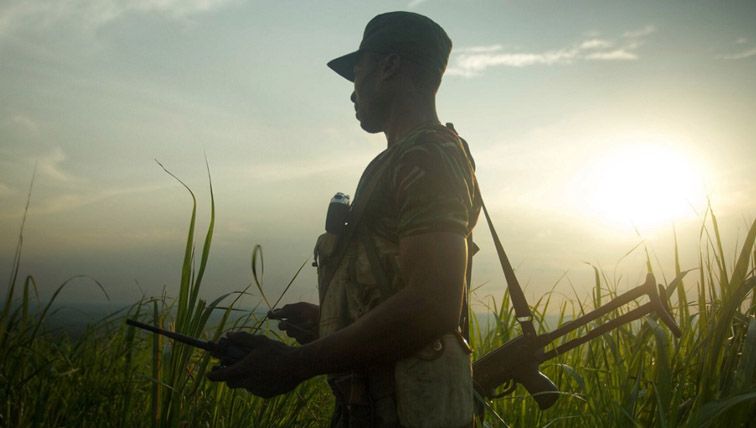
“The Last Animals”: a journey to the frontlines of extinction
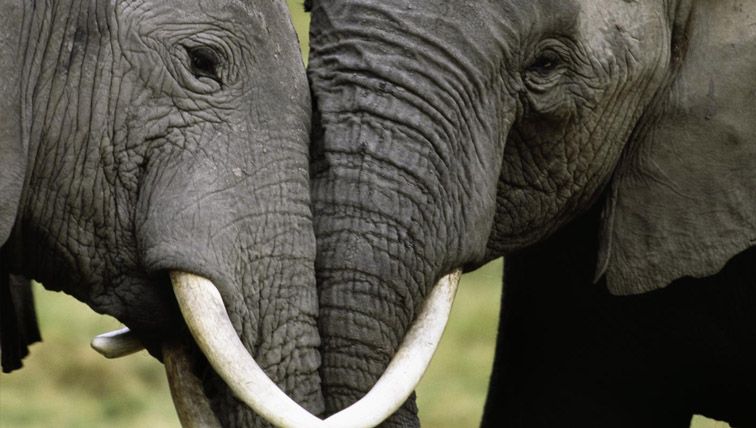
Ivory trafficking: Three massive cartels exposed by elephant tusk DNA testing

Facebook’s (& Zuckerberg’s) Ivory Problem, Explained
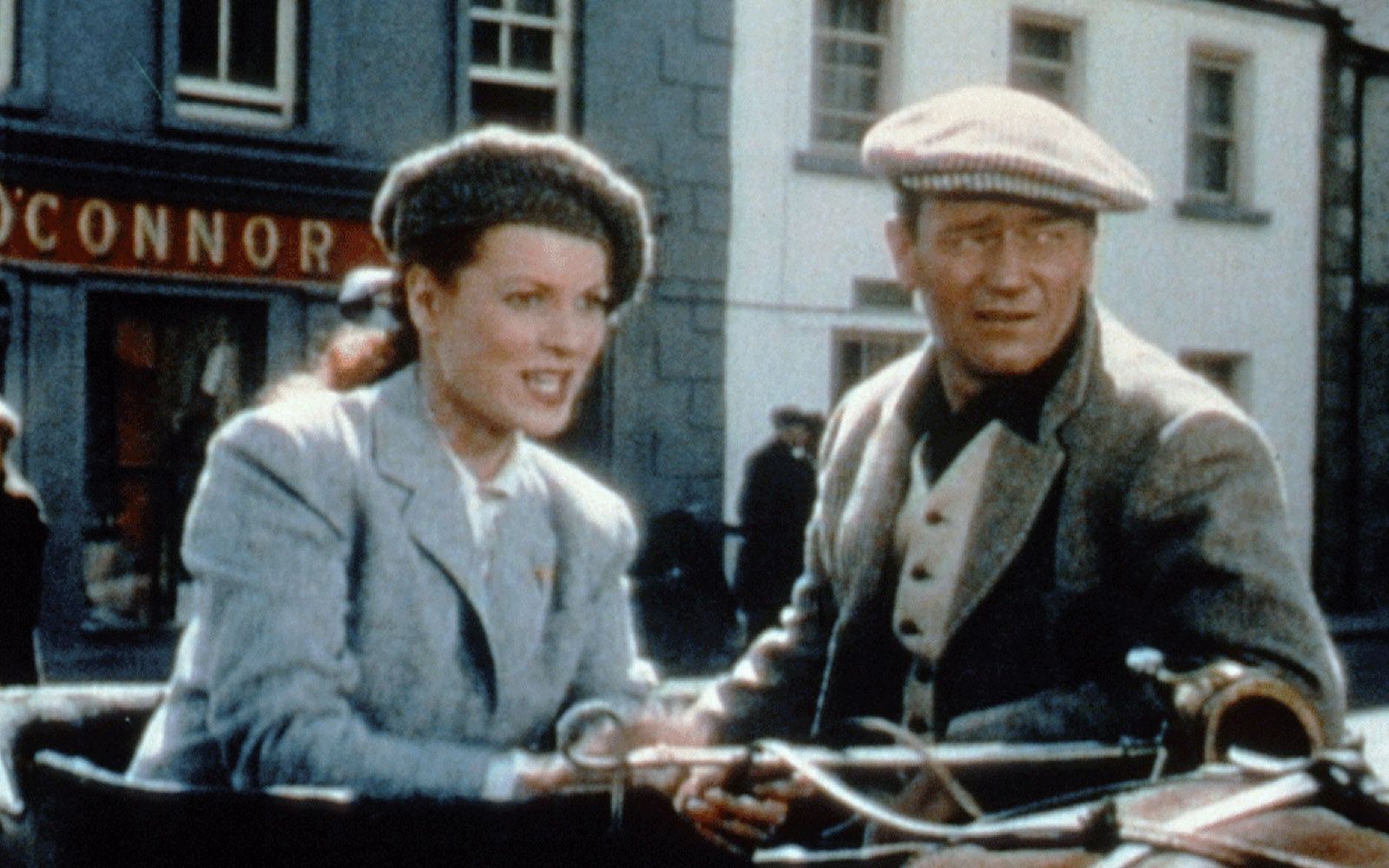
‘The Quiet Man,’ Environmental Film Festival in the Nation’s Capital and ‘The Rape of Recy Taylor’
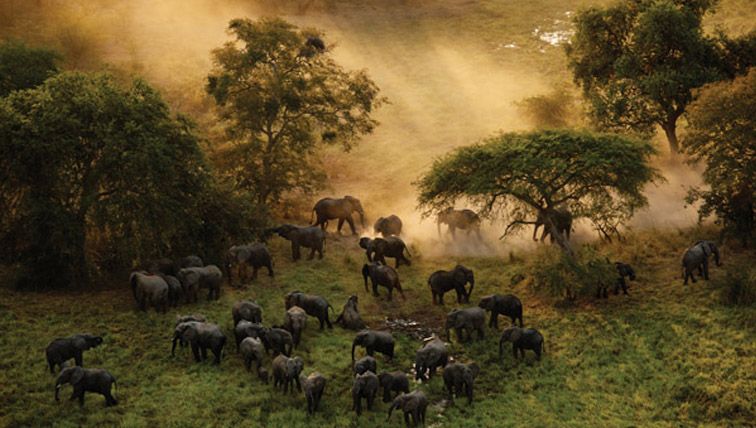
Environmental Film Festival hopes movies can heal Mother Nature
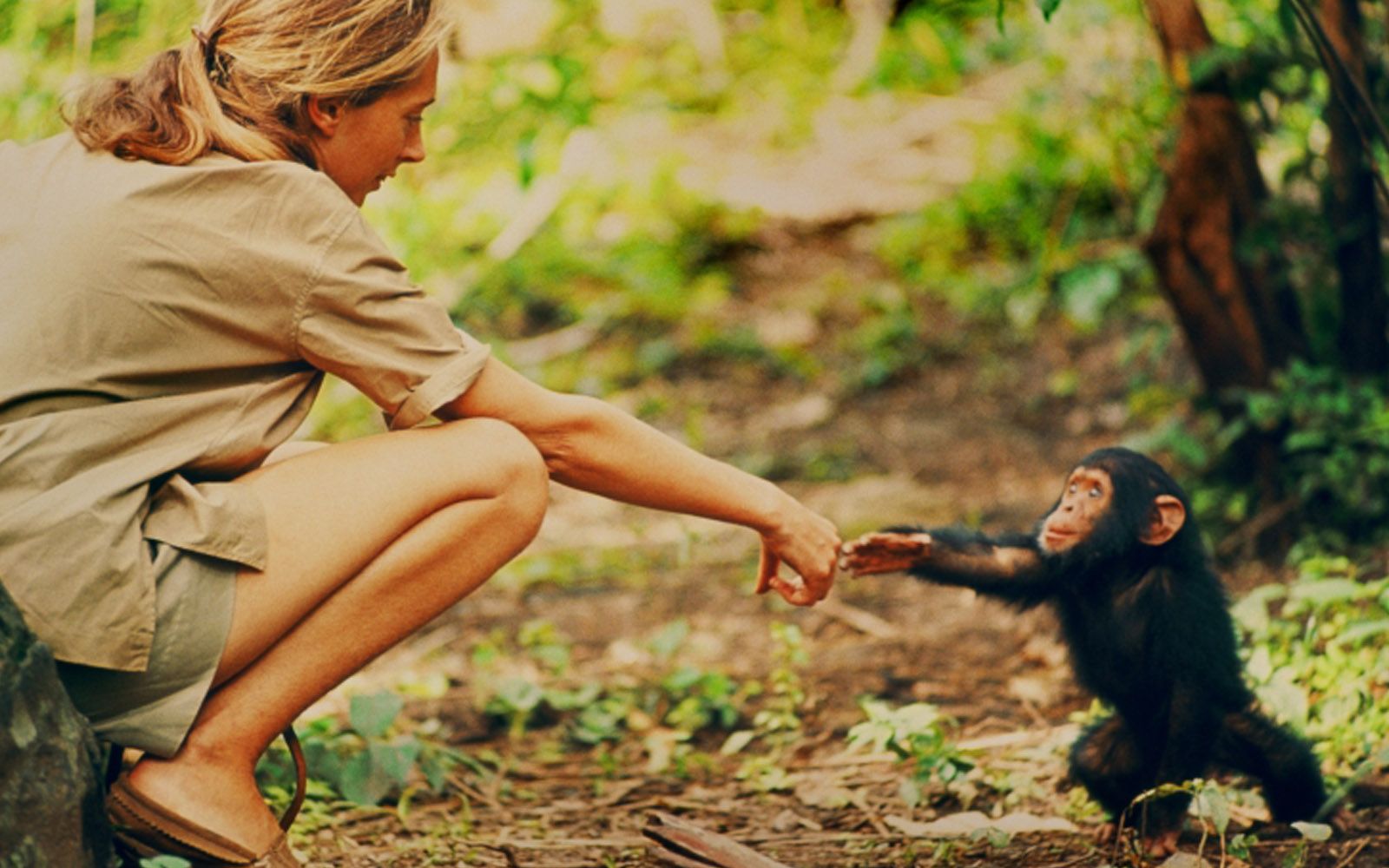
The nature films that ask us who we are and what we want to be
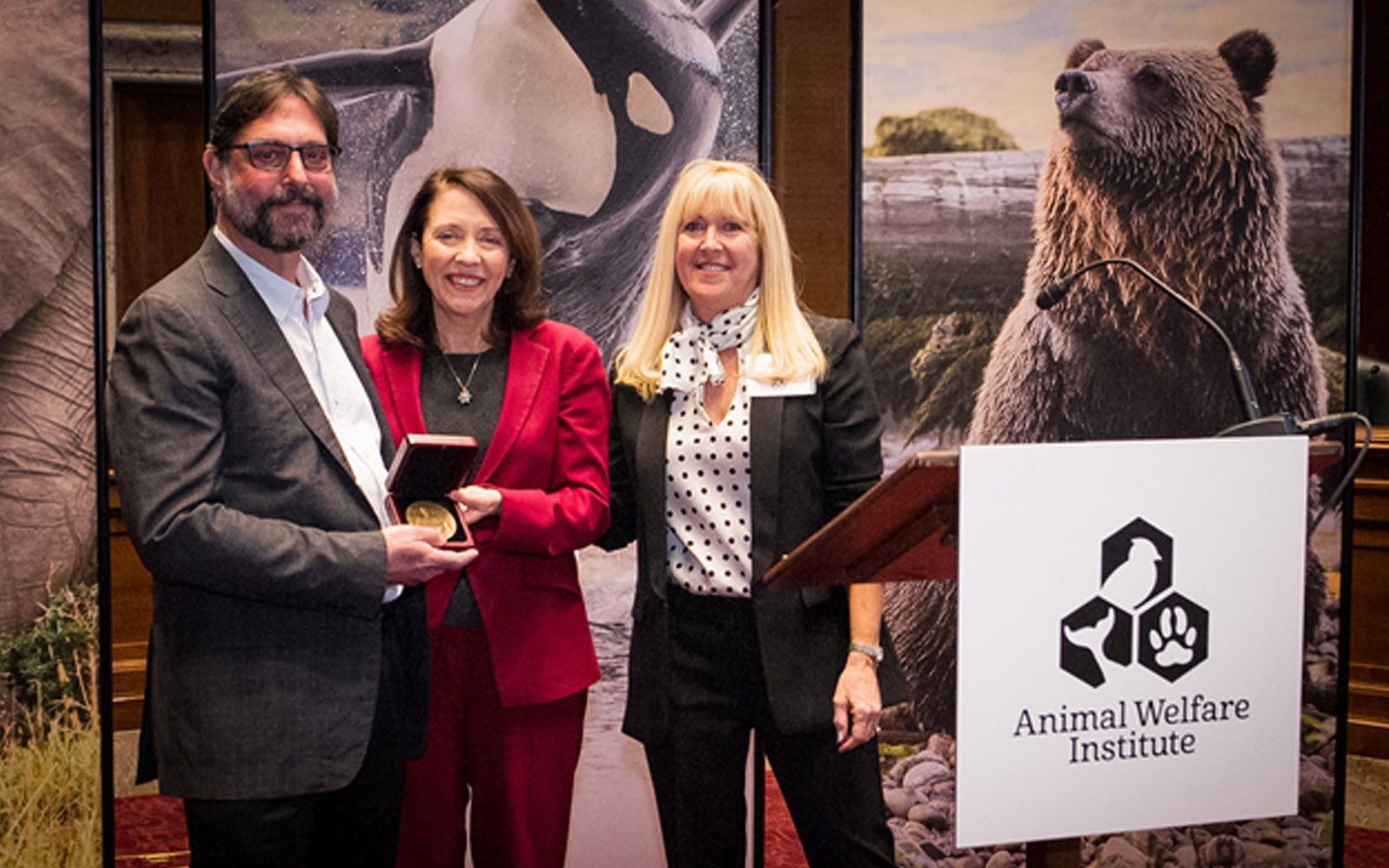
Wildlife trade detective Samuel Wasser receives prestigious Albert Schweitzer Medal

Inside Britain’s confiscated ivory room
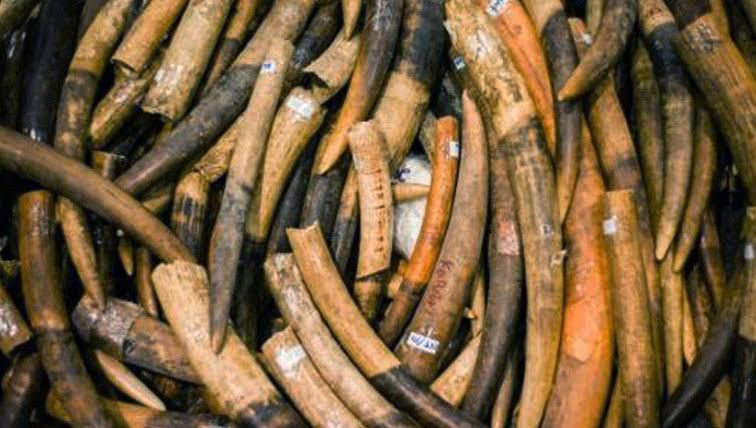
Tales of murder and suffering in Hong Kong ivory ban debate
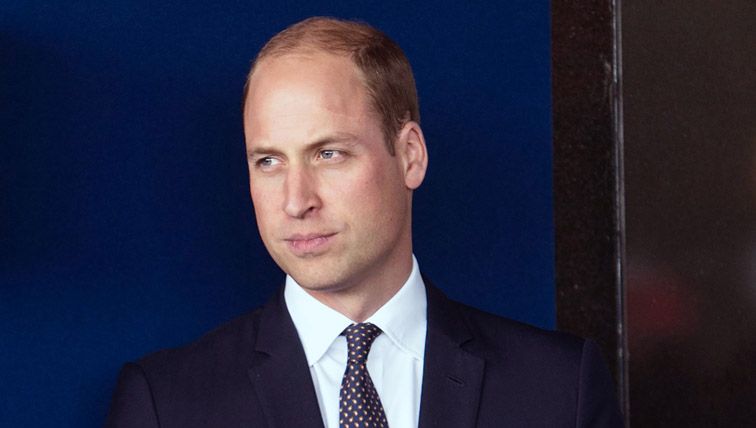
Prince William Says He’s ‘Angry’ Following Shocking Deaths of Wildlife Rangers by Poachers
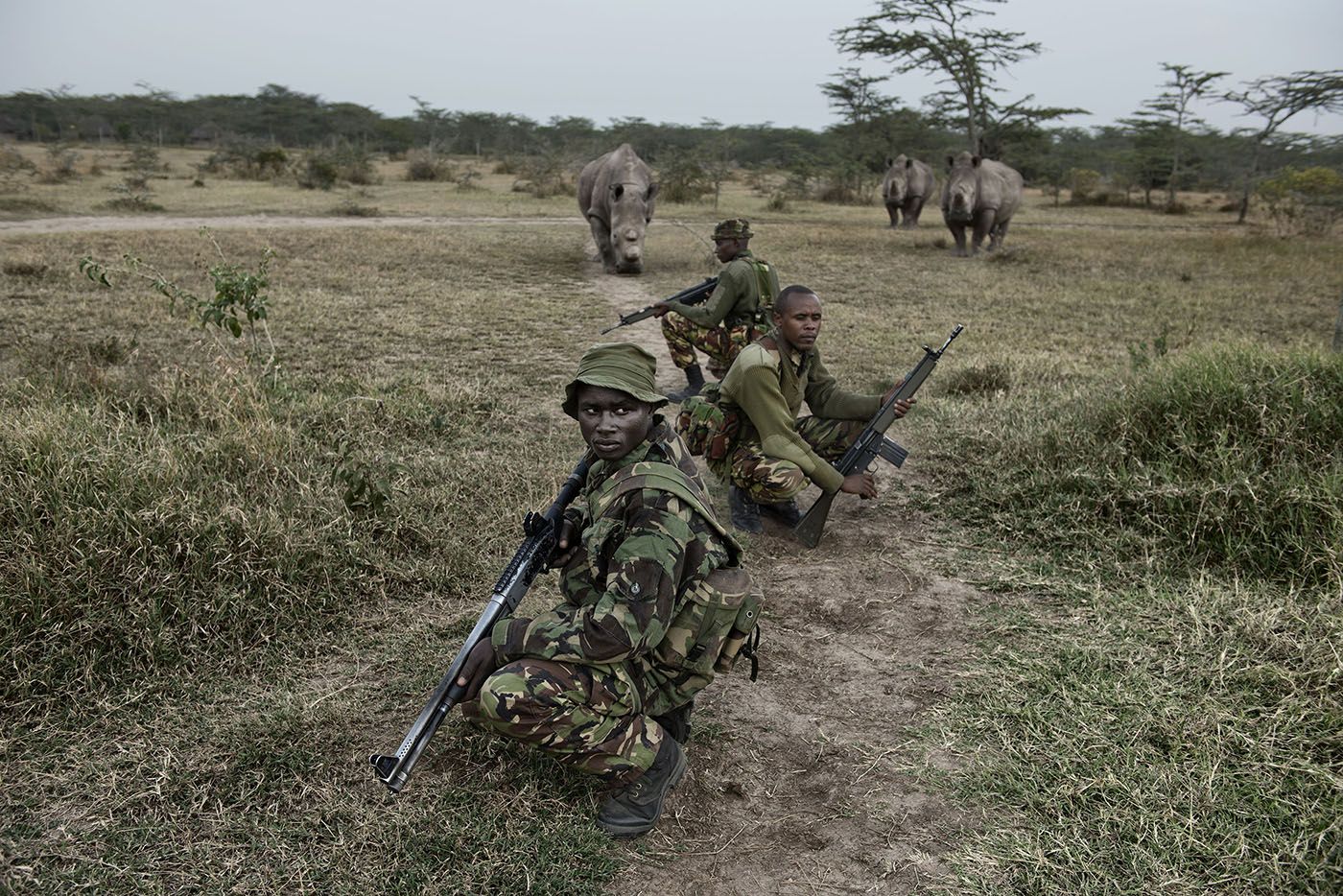
隨時絕後 世上最後三隻北非白犀牛
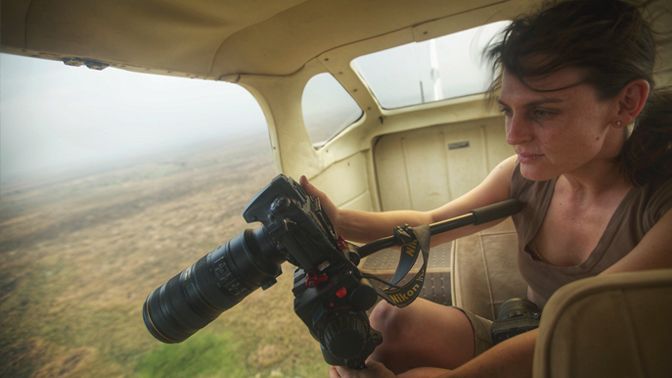
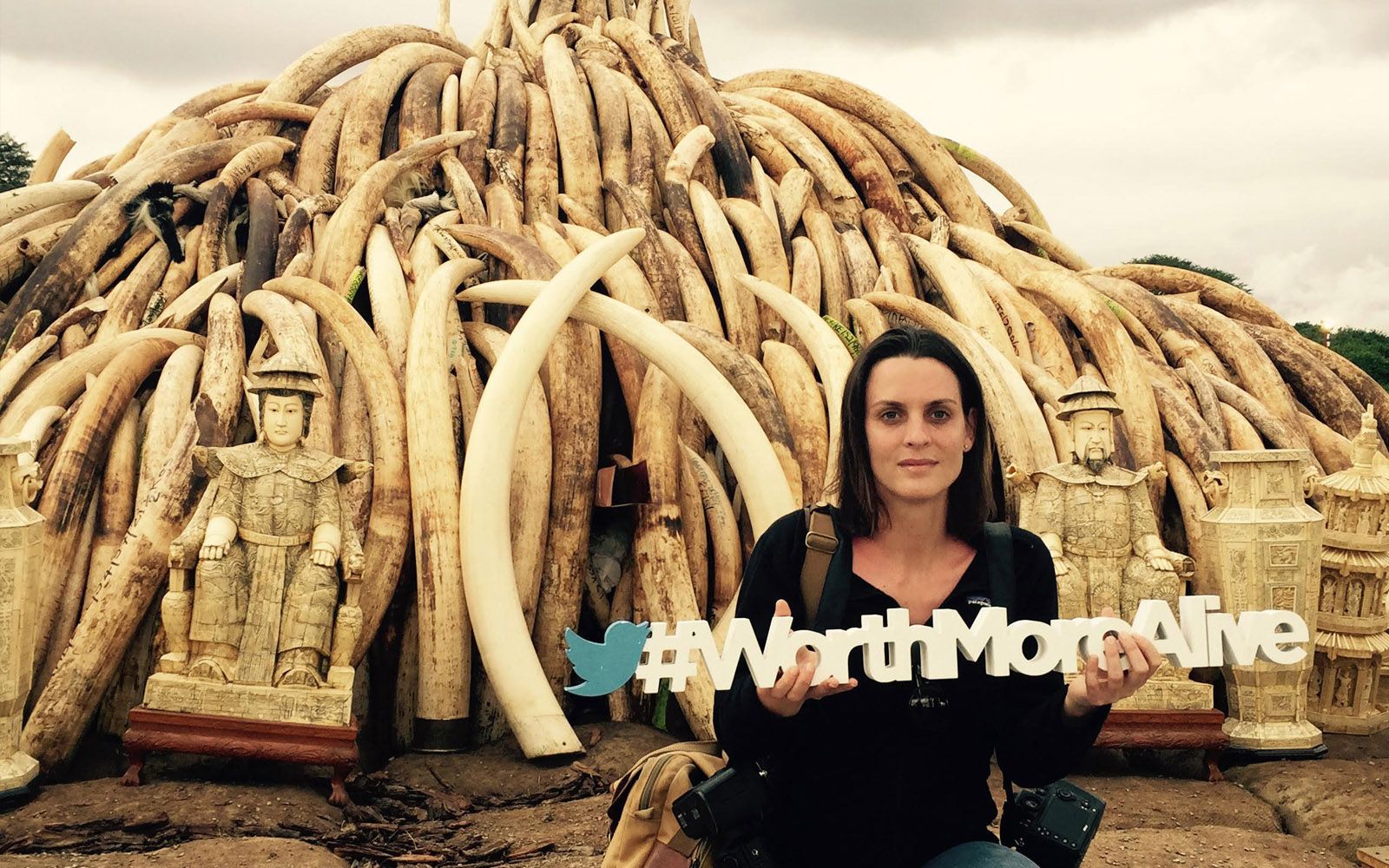
環保人士:如不停止獵殺 世上終將只剩人類
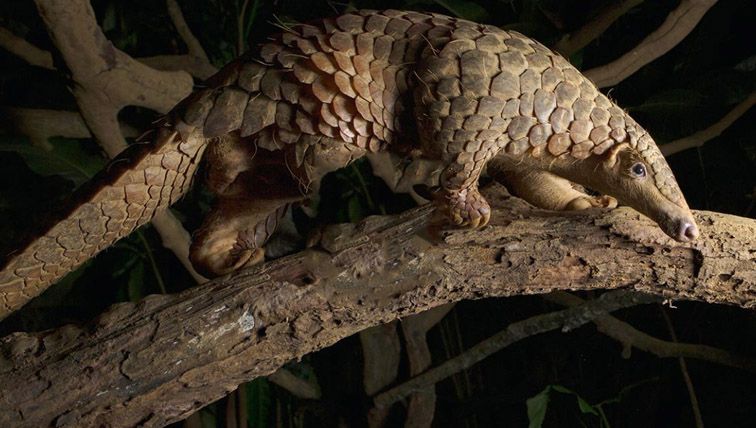
‘Sherlock’ Sam Wasser sniffs out poachers in global fight to preserve pangolin


Documenting Africa’s poaching epidemic: Q&A with the director of ‘The Last Animals’
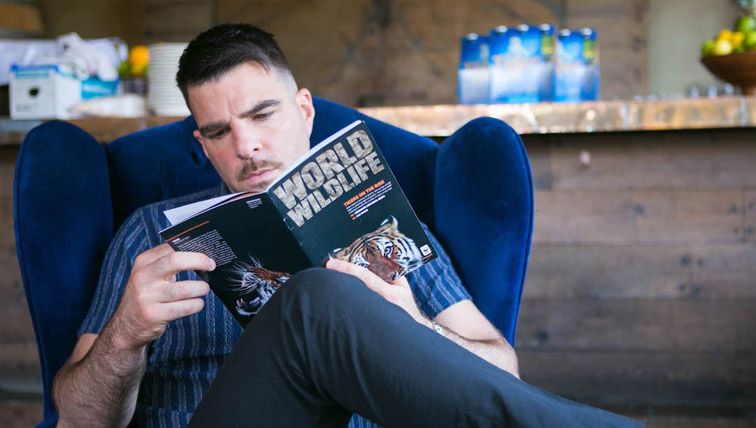
‘Star Trek’ Actor Says Earth’s 4,000 Tigers Are Worth Saving
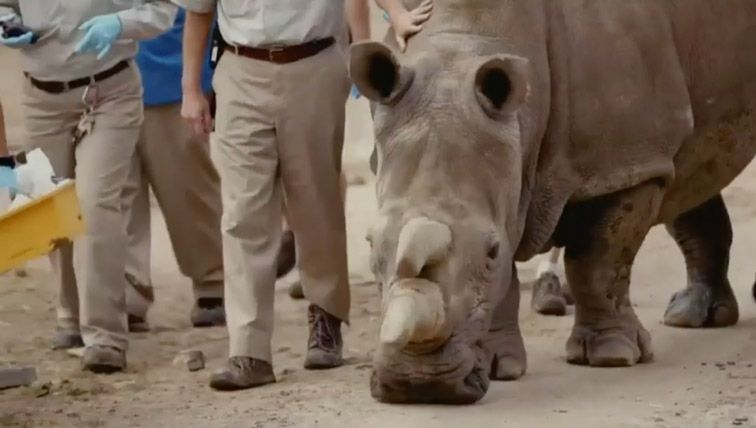
Fighting to Save Animals From Extinction

The Last Animals: Tribeca Review
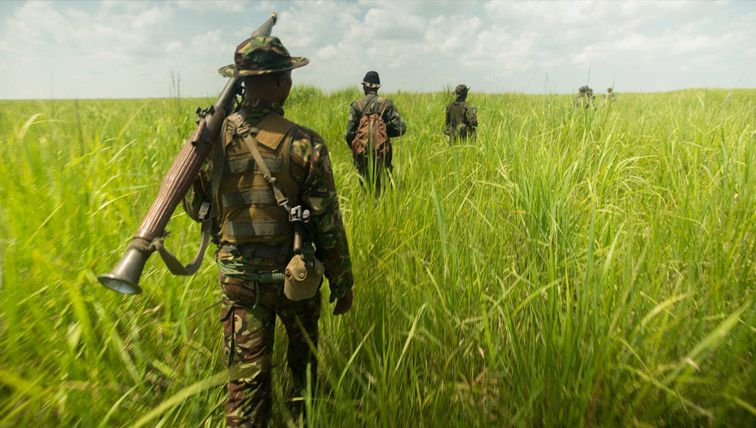
Where Terrorism and the Ivory Trade Collide
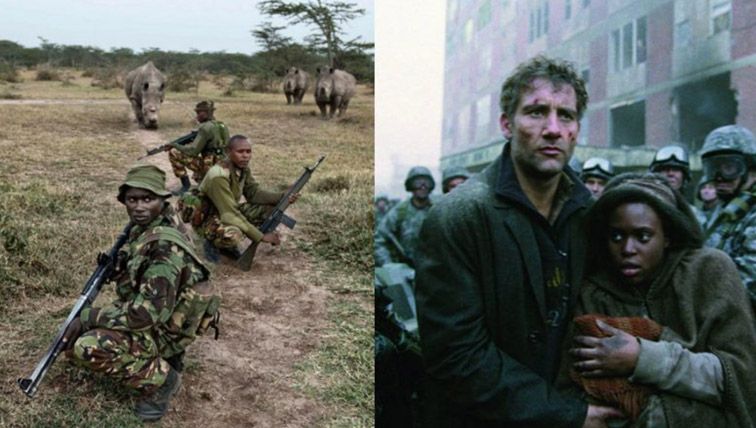
Is it truth? Is it fiction? Hot Docs films find Hollywood counterparts: Howell
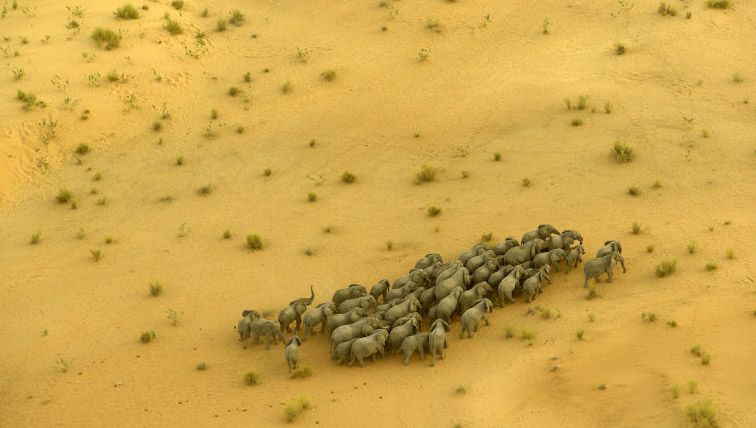
The Last Animals, Photojournalist Kate Brooks’s Poaching Documentary, Is a Quietly Stunning Call-to-Arms
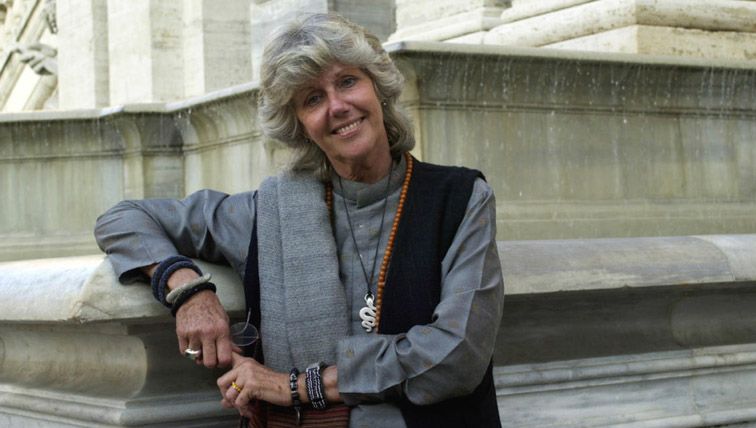
The War on Wildlife and Its Protectors

Tribeca 2017: Five Questions with The Last Animals Director Kate Brooks

Tribeca 2017 Women Directors: Meet Kate Brooks
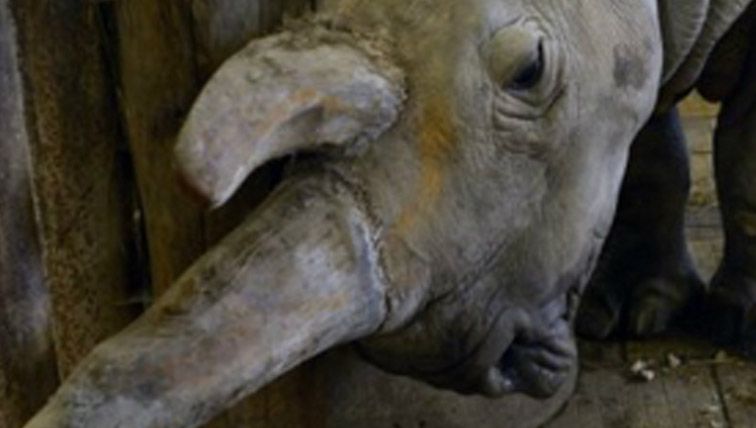
Hot Docs 2017: Our Review of ‘The Last Animals

The Last Animals Review
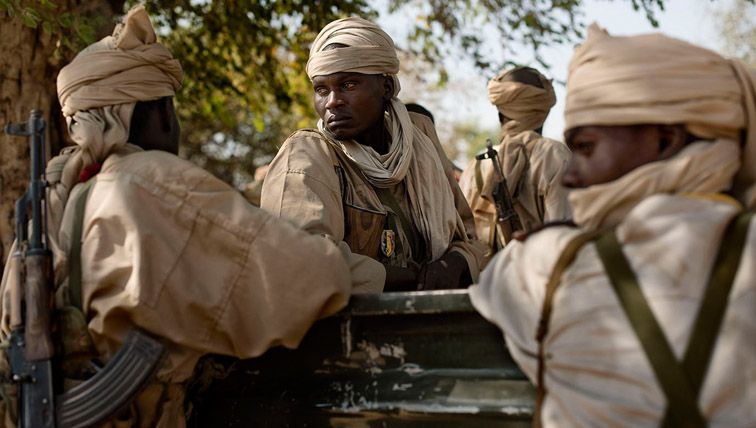
2017 Hot Docs Filmmaker Profile: Kate Brooks (The Last Animals)
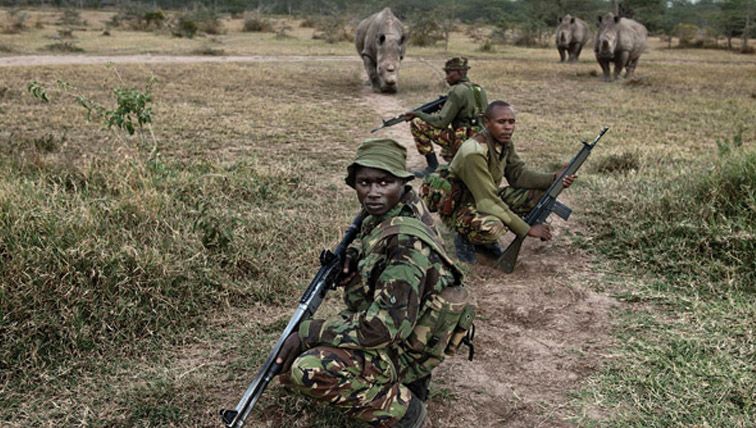
Film-Forward – The Last Animals
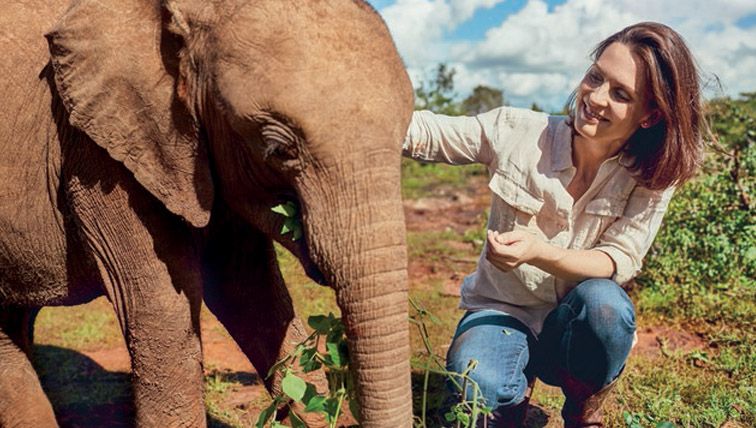
Kate Brooks’ Wildlife Documentary The Last Animals Is a Tribeca Film Festival Must-See

Hot Docs Announces Lineup
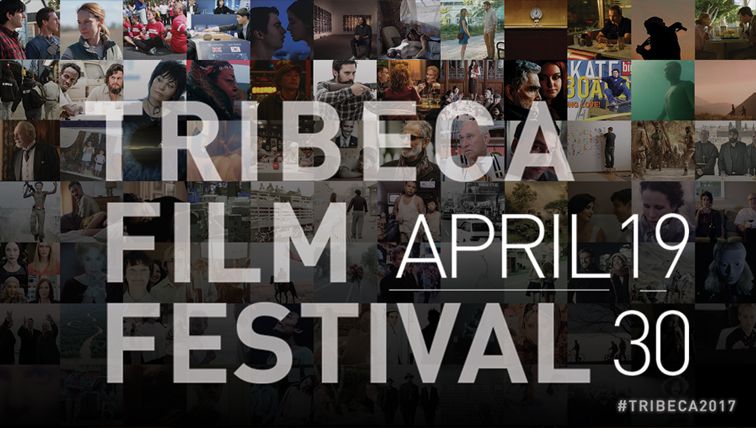
The Last Animals World Premier at Tribeca 2017
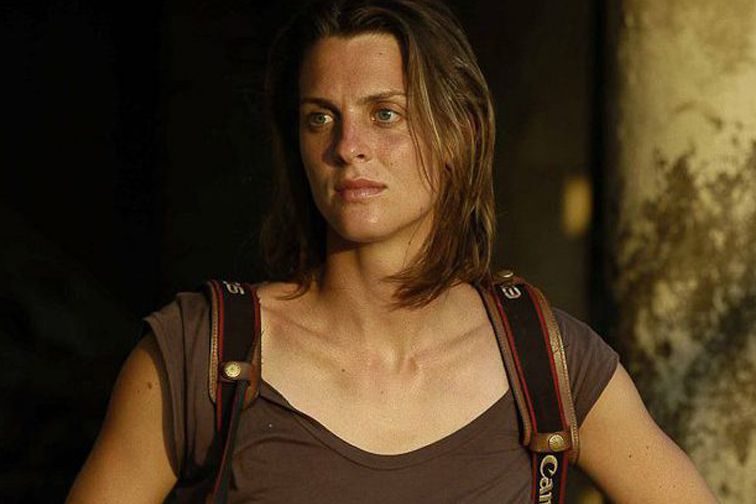
An Interview with Kate Brooks
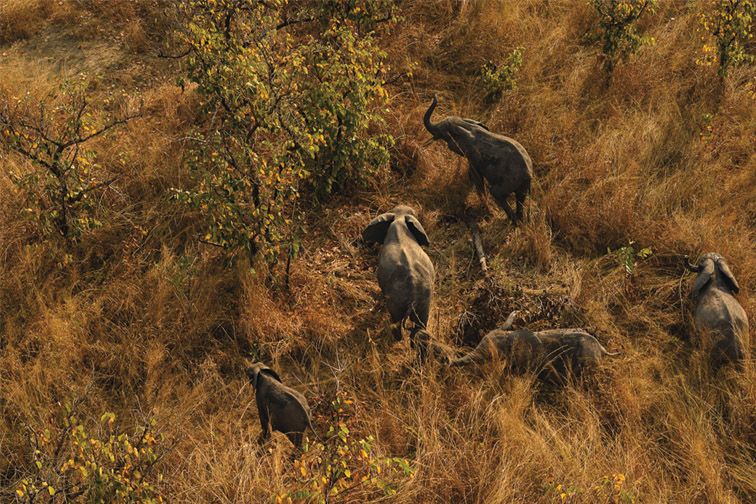
The Elephant Detective

The Last Animals partners with Foxtail Entertainment

The Environmental Warriors Standing Up Against Poachers and Profiteers
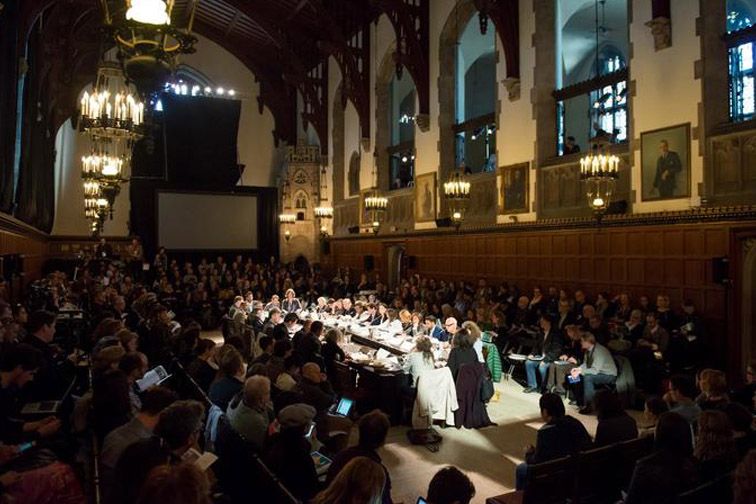
8 Must-See Documentaries That Haven’t Been Finished Yet From the Hot Docs Pitch Forum
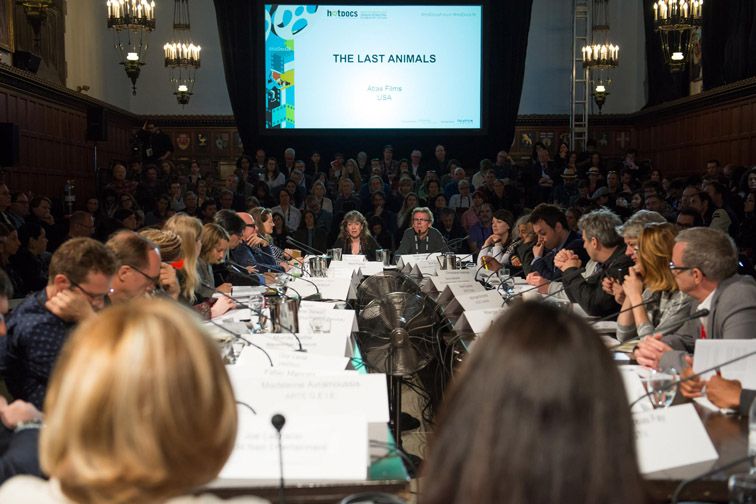
The Changing Face of Documentary Distribution: The 17th Annual Hot Docs Forum
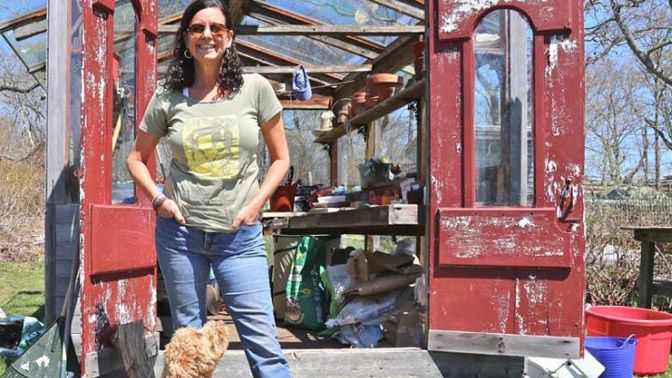
Giving Voice to the Elephant in the Room
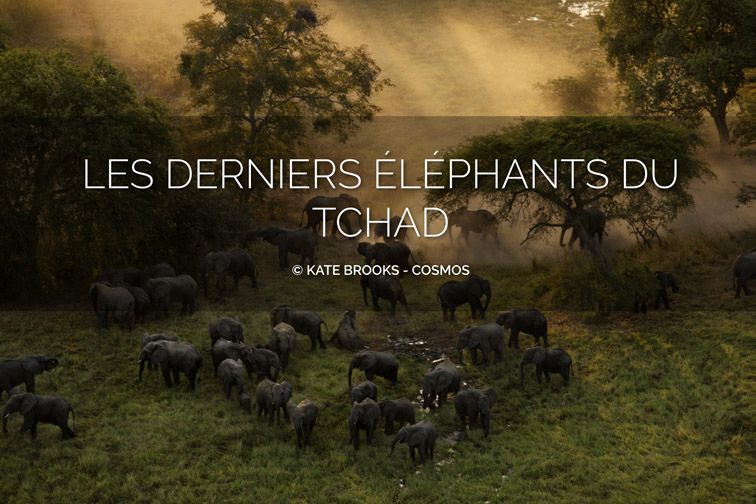
World Photo Report features The Last Animals
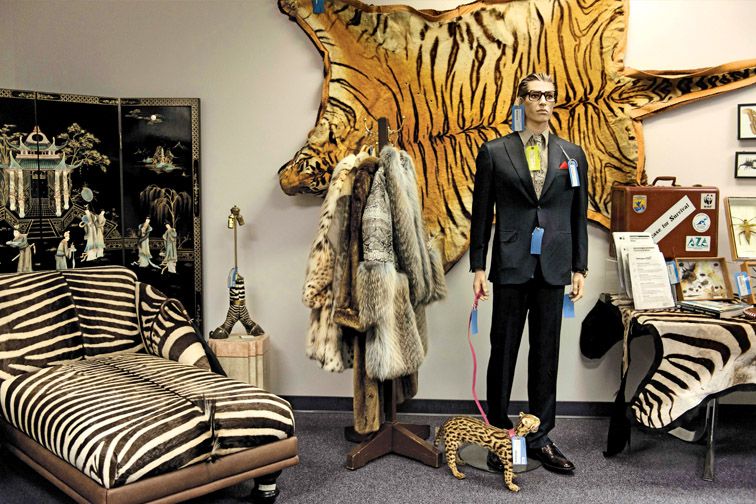
Confiscated Tiger Heads and Stools Made of Elephant Feet
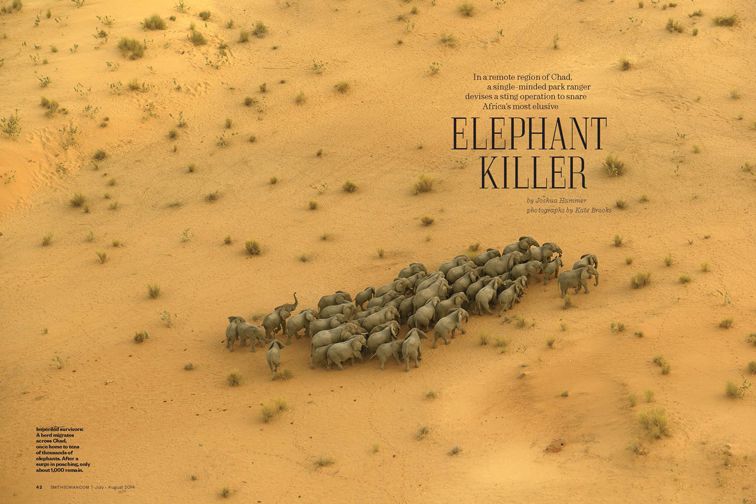
Elephant Killer
The recent capture of a notorious poacher has given hope to officials in Chad battling to save the African elephant from extinction.
The call came in to Gary Roberts last March at his home in Béré, a village of subsistence farmers deep in the sorghum and cotton fields of southern Chad. Reports were circulating, a local conservationist told him, that a mass killing of elephants had occurred some 100 miles away, near the Cameroon border: Could Roberts see what he could find out?

The Human Victims in the Fight Over Rhino Poaching in Africa
At Kruger National Park in South Africa, the economy drives rangers to hunt poachers and poachers to hunt for horn.
Vusi Nyathi went to the bush for rhinos. Not to watch them like some tourist, though. He went for a payday, about $5,000, more than he could make in a lifetime in the small village in Mozambique where he grew up. Vusi Nyathi went to poach rhinos. He returned in a body bag of thick black plastic.
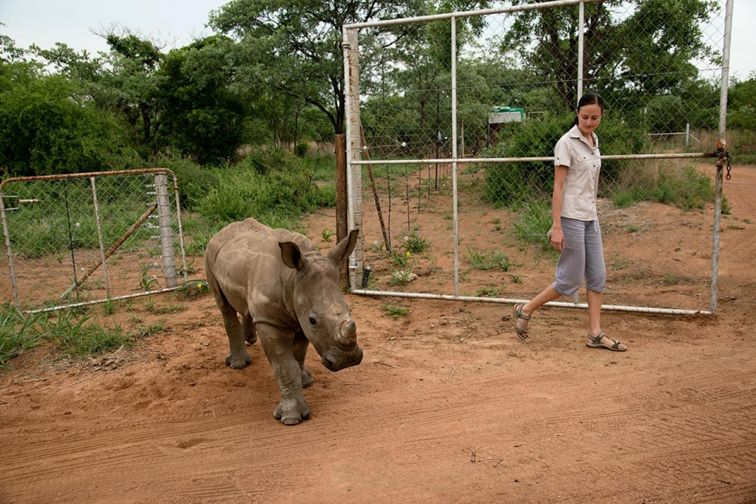
Rhino Orphanage in South Africa Takes in Littlest Victims of Poaching
Kumba doesn’t like the sound of men’s voices. A masculine tone makes him wary, causing him to take a step away from the green iron bars of his enclosure.
He much prefers manager Gaby Benavides and the other female staff members at the Rhino Orphanage in South Africa. Kumba will come closer when they approach, anticipating a feeding or a walk, and when he’s left behind in his enclosure, he bleats plaintively, a sound that’s endearingly like a cross between a rubber squeak and a kazoo.
He’s a bit of a mama’s boy, which is understandable when you consider that only a few weeks ago, his mother was killed by poachers, who hacked off her horns and left her bleeding in the grass.
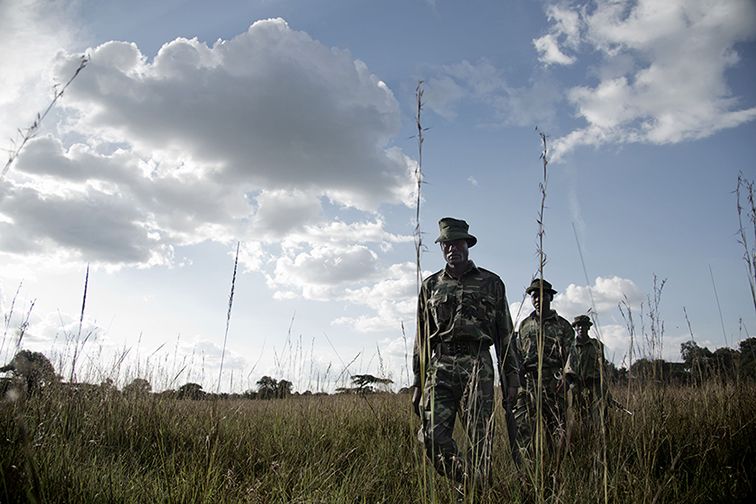
Tusks of War
As a photojournalist, Kate Brooks was used to documenting war zones. Then she discovered a new kind of genocide – the killing of Africa’s elephants.
Over the past few years, the slaughter of African elephants and rhinoceros has skyrocketed to supply international markets with their tusks and horns. Some experts say 35,000 elephants are being killed per year, others believe the number is as high as 50,000.
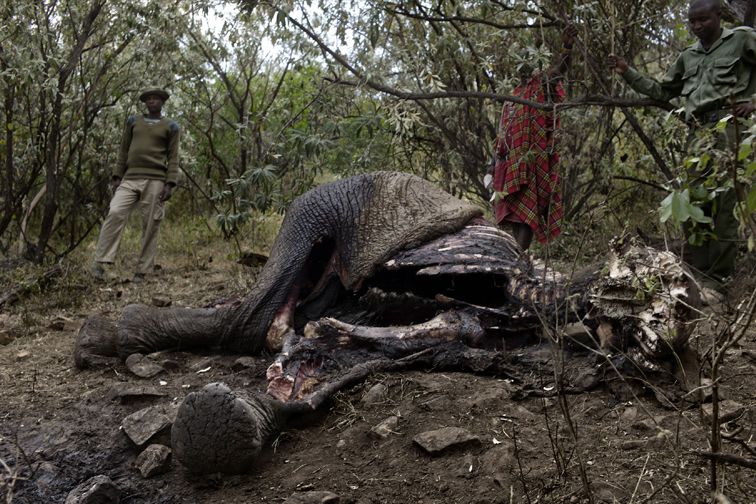
A Conflict Photographer Takes on the Rapidly Escalating Poaching Crisis
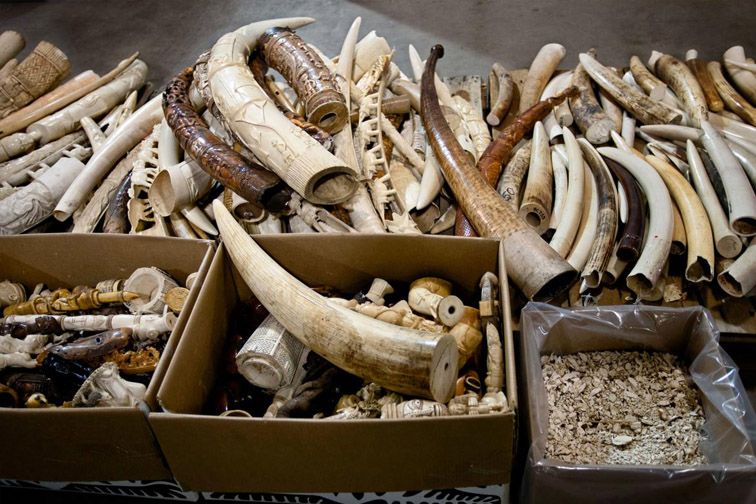
100,000 Elephants Killed by Poachers in Just Three Years, Landmark Analysis Finds
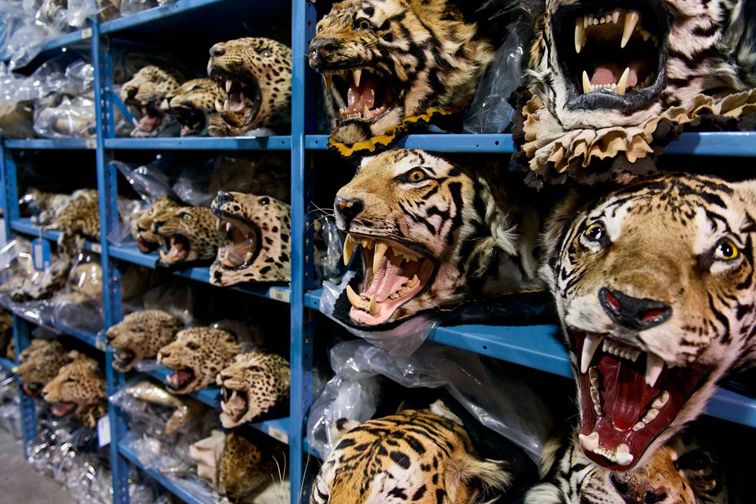
London Summit Intensifies Battle Against Wildlife Crime
Bringing together heads of state and government ministers from 50 countries, Thursday’s high-level summit on illegal wildlife trade may represent a turning point in the fight against wildlife crime.
The London summit—hosted by the British government and led by Prime Minister David Cameron, Foreign Secretary William Hague, and Environment Secretary Owen Paterson—focuses on securing specific actions around elephants, rhinos, and tigers.
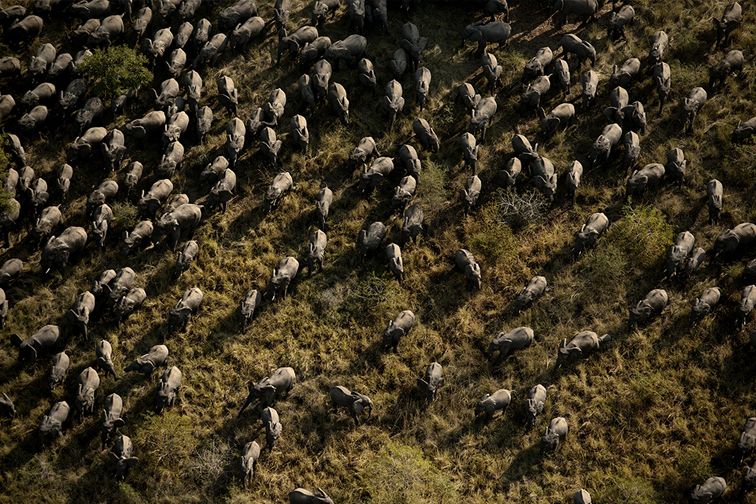
Close-Up Aerial Photos of Africa’s Last Elephants
NEWSLETTER
SUPPORT
©THELASTANIMALS.COM - ALL RIGHTS RESERVED
IMAGES ©The Last Animals
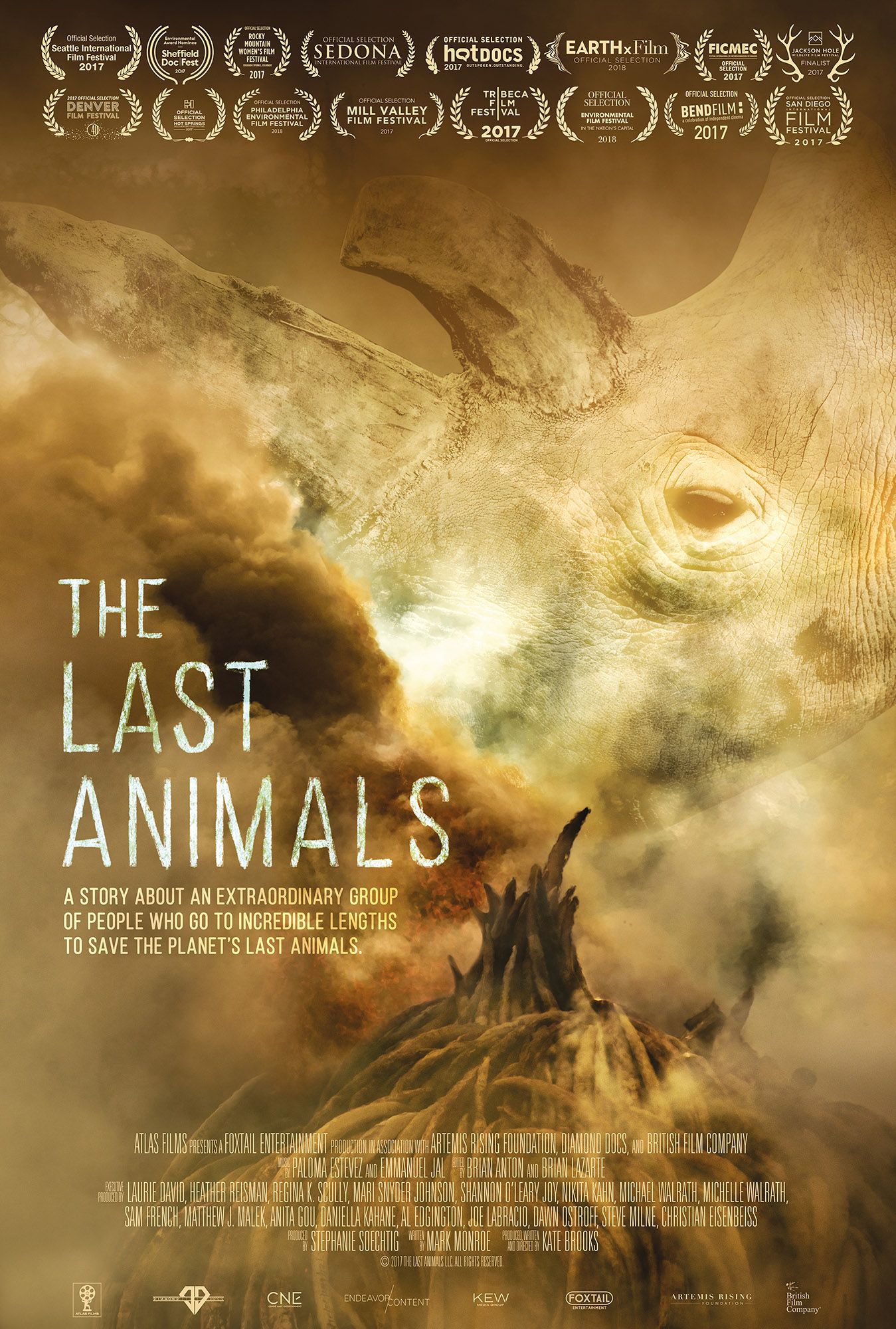
NEWSLETTER
©THELASTANIMALS.COM - ALL RIGHTS RESERVED
IMAGES ©The Last Animals